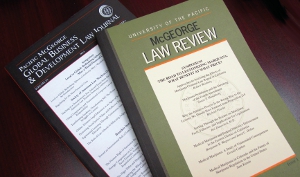Document Type
Article
Publication Date
2016
Abstract
Humanity has entered the Age of the Anthropocene, a geologic era marked by the emergence of human activity as the single most dominant influence on Earth’s environment. Every ecosystem shows
signs of anthropogenic influence, and the environments we experience everyday are often shaped almost entirely by human actions and decisions. The new discipline of reconciliation ecology recognizes this
reality and suggests that we must manage the new habitats we create in order to protect species diversity and ecosystem services. But the 2015 rule defining the jurisdiction of the Clean Water Act explicitly excludes
many manmade environments, including many artificial lakes, farm ponds, reflecting pools, and most ditches, treating these landscape features as faux nature somehow unworthy of protection. This treatment is a marked departure from past Environmental Protection Agency and U.S. Army Corps of Engineers practices, which allowed for consideration of such places on a case-by-case basis. This departure finds no support in the Supreme Court precedent leading up to the new rule and seems to be based entirely on a shortsighted view of these places as somehow unimportant to protecting the waters of the United States. Based on the law and science surrounding ditches, we conclude that such places merit protection under the Clean Water Act.
Publication Title
Envtl. L.
Volume
46
First Page
415
Recommended Citation
Rachael Salcido and Karrigan Bork, 46 Envtl. L. 415 (2016).



